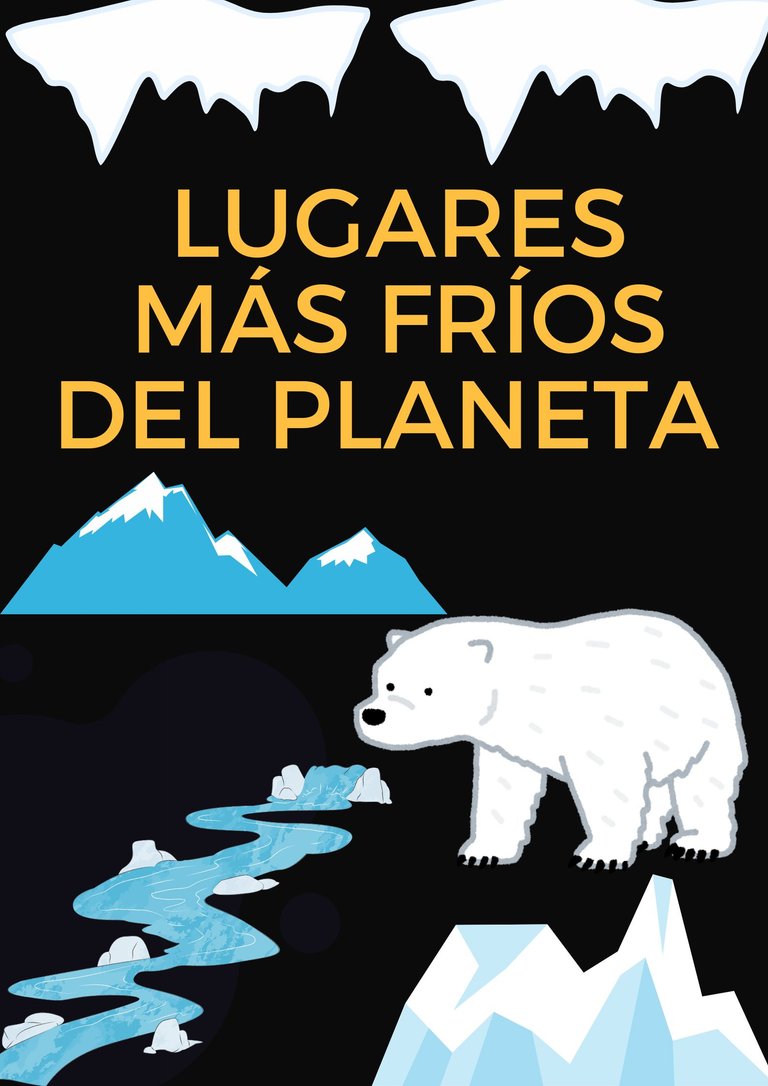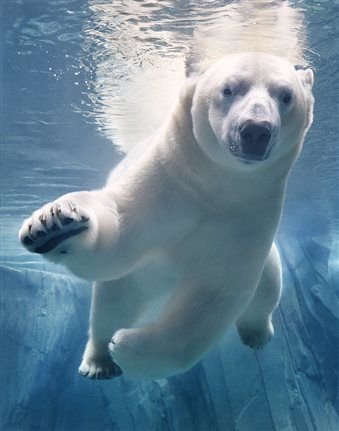
(Imagen creada por canva)

Hola como estan, estoy en otro
" Modo aleh ", con experiencias y sobre temas relacionados con ideas o reflexiones de mis investigaciones existencialistas.
En algúnos lugares en el mundo el frío es extremo y salvaje, habitado por seres humanos y animales tratando de sobrevivir en las bajas temperaturas, quizás muchos aman la naturaleza y la ciencia, otros les gusta la aventura.

TEMPERATURA
Se manifiesta en energía cinética interna, en un sistema, macroscopio mientras más veloces sean las particular y movimiento, mayor será la temperatura.
Como medimos la temperatura
Con estadísticas, ya que no es posible medirla, no es palpable, se usa un termómetro y existen diferentes tipos.
Cinética
Ciencia qué estudia el movimiento entre gravedad y cuerpos en física.
Temperatura ambiente y atmosférica
Al nivel meteorológica, la temperatura en el aire , con capas intermedias presentando temperatura isotérmico.
Isotérmico
Es el proceso en el cual la temperatura es constante, pero el volumen y la presión varían
Escalas de temperatura
Existen diferentes temperaturas, con puntos de referencia y estas son las más comunes :
- Celsius / centigrados
Congelacion del agua, presión 1amt = 100 °c
Ebullición del agua, presión 1amt = 100°c
- Fahrenheit
El punto de congelación del agua, presión 1amt = 32°c
Ebullición del agua, presión 1amt = 212 °F
- Escala kelvin / absoluta
En el incremento de una unidad de escala kelvin coinciden con el incremento de una unidad en la escala celsius.
LUGARES MAS FRÍOS EN EL PLANETA
Antártida - 93°c / Domo fuji
Esta ubicado entre angus y montes fuji domo es el lugar más frío registrado - 93°c, esta temperatura se verifico en el 2010, es capaz de congelar los pulmones en minutos, con 13 grados más bajo que el dióxido de carbono se convierte en hielo seco, todo con tecnología registrado.
Vostok - 82°c / Antártida
La base rusa, registro en 1983 esta temperatura - 82°c, esta base está en la Antártida 3500 metros sobre el mar, cerca del lago vostok con glaciales 4k de largo, fue abierta en diciembre 1957.
Amundsen - Scott 82°c / estados unidos
Ubicada en el polo sur, estadounidense fue registrada 82°c y con el promedio - 49°c anual de temperatura en esa zona.
Yukon - 64°c / canada
Sus habitantes son nativos y científicos con una temperatura de - 64 °c, teniendo el record 1947 con la temperatura más baja registrada.
Oymyakon / Siberia
Sajá, Siberia, uno de los lugares más fríos del planeta, también entra en esta lista, habitada, siendo y lugar inhospito en ambiente. Puede bajar la temperatura - 30°c, conocida como " polo del frío "
, rodeada con montañas con poca fluidez de aire y tiene periodos largo de oscuridad en el invierno, con pocas horas de luz, impidiendo
una vida cotidiana normal.
Yakutk / Rusia
Ubicada en Sajá, rusia, con una temperatura extrema de - 50°c, pero sin superar los lugares habitados más fríos Oymyakon y base vostok.
Daños del frío
- Vasoconstriccion : Se reduce los vasos sanguínos por la falta de calor en la piel.
- Arritmia cardíaca : Al estar expuestos a bajas temperaturas, el. ritmo cardíaco cambia y forzamos el corazón por la poca fluidez de sangre.
- Hipotermia : El cuerpo no genera calor y estos cambios de temperatura nos en fría el cuerpo más rápido, siendo mortal.

Hello how are you, I am in another
"aleh mode", with experiences and on topics related to ideas or reflections of my existentialist researches.
In some places in the world the cold is extreme and wild, inhabited by humans and animals trying to survive in the low temperatures, perhaps many love nature and science, others like adventure.

TEMPERATURE
It manifests itself in internal kinetic energy, in a system, macroscope the faster the particulars and motion, the higher the temperature.
How we measure temperature
With statistics, since it is not possible to measure it, it is not palpable, a thermometer is used and there are different types.
- Kinetics
Science which studies the movement between gravity and bodies in physics.
- Ambient and atmospheric temperature
At the meteorological level, the temperature in the air, with intermediate layers presenting isothermal temperature.
Isothermal
A process in which the temperature is constant, but the volume and pressure vary.
- Temperature scales
There are different temperatures, with reference points and these are the most common:
- Celsius / centigrade
Freezing of water, pressure 1amt = 100 °c
Boiling water, pressure 1amt = 100 °c
- Fahrenheit
The freezing point of water, pressure 1amt = 32°c
Boiling point of water, pressure 1amt = 212 °F
- Kelvin / absolute scale
In the kelvin scale a one-unit increase coincides with a one-unit increase in the celsius scale.
COLDEST PLACES ON THE PLANET
Antarctica - 93°c / Fuji Dome
Located between angus and mount fuji dome is the coldest place on record - 93°c, this temperature was verified in 2010, it is capable of freezing the lungs in minutes, with 13 degrees lower than carbon dioxide turning into dry ice, all with recorded technology.
Vostok - 82°c / Antarctica
Russian base, recorded in 1983 this temperature - 82°c, this base is in Antarctica 3500 meters above the sea, near lake vostok with glaciers 4k long, it was opened in december 1957.
Amundsen - Scott 82°c / USA
Located at the south pole, american was recorded 82°c and with the average - 49°c annual temperature in that area.
Yukon - 64°c / canada
Its inhabitants are natives and scientists with a temperature of - 64°c, holding the 1947 record for the lowest temperature on record.
Oymyakon / Siberia
Sakha, Siberia, one of the coldest places on the planet, also makes this list, being inhabited and inhospitable in atmosphere. The temperature can drop as low as 30°c, known as the "cold pole".
It is surrounded by mountains with little air flow and has long periods of darkness in the winter, with few hours of daylight, preventing normal daily life.
Yakutk / Russia
Located in Sakha, russia, with an extreme temperature of -50°c, but not exceeding the coldest inhabited places Oymyakon and Vostok base.
Damage from the cold
- Vasoconstriction : blood vessels are reduced by the lack of warmth in the skin.
- Cardiac arrhythmia : When exposed to low temperatures, the heart rhythm changes and the heart is forced by the lack of blood flow.
- Hypothermia : The body does not generate heat and these changes in temperature cause the body to cool down more quickly, which can be fatal.


Si deseas dejarme un comentario sobre este tema, me gustaría leerlo
If you would like to leave me a comment on this topic, I would
like to read it
